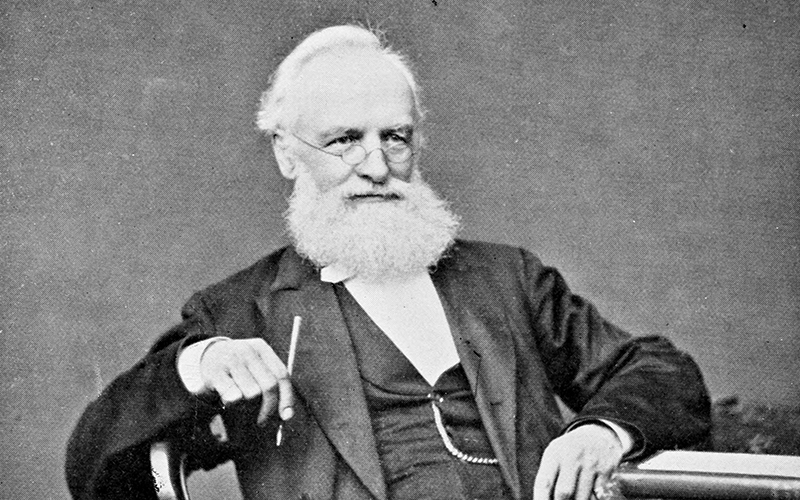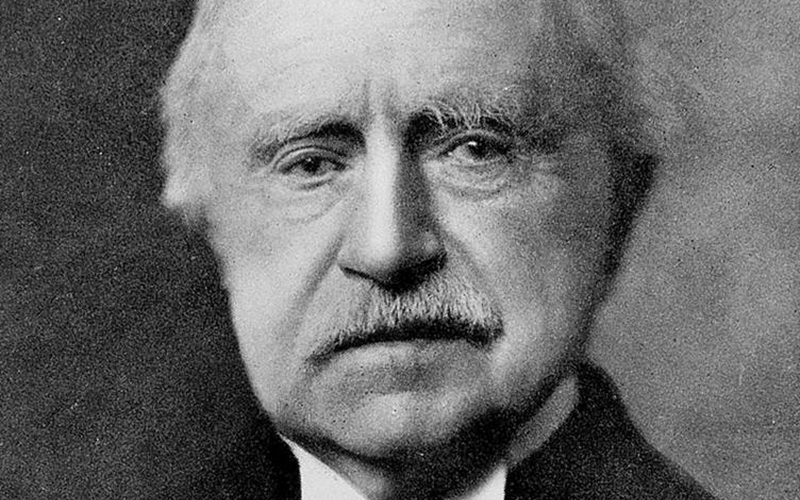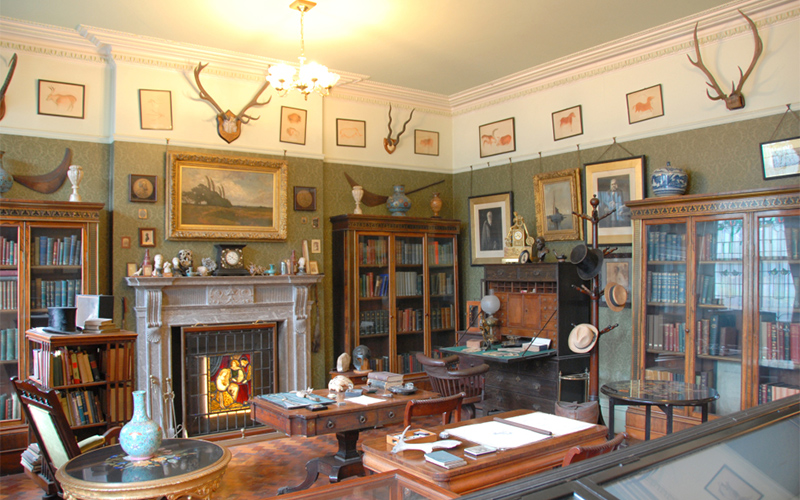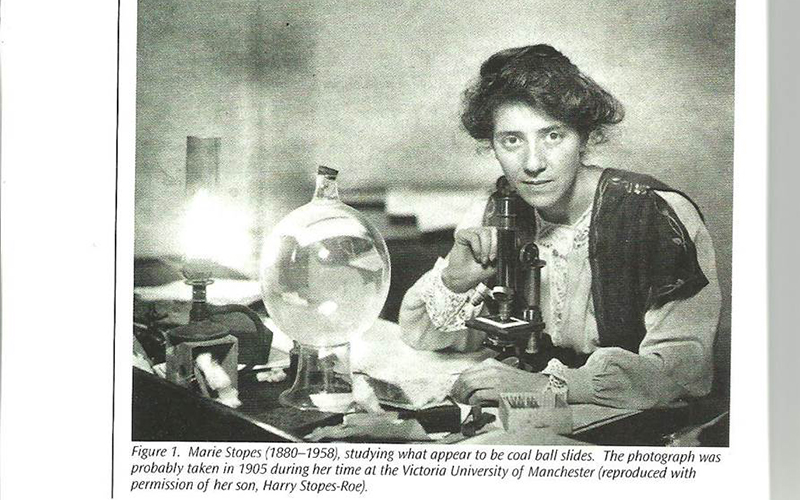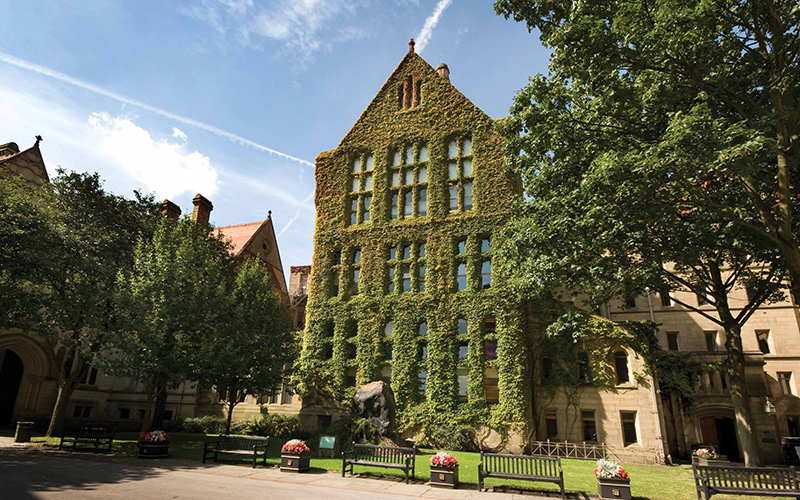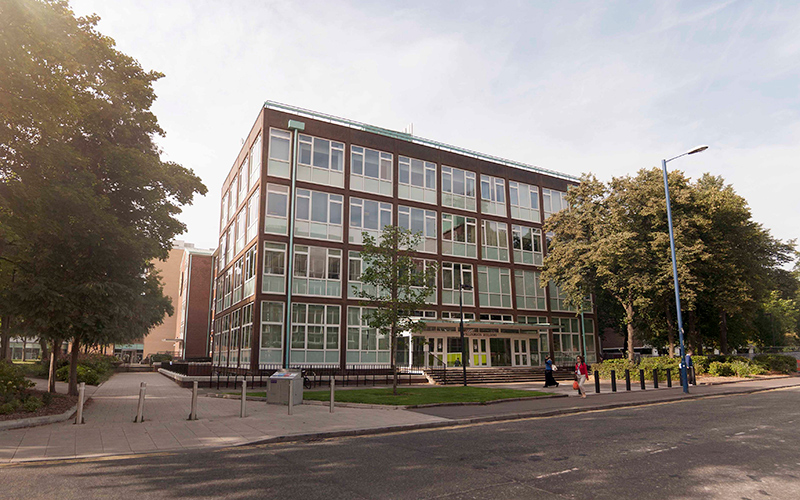
History and heritage
The Department of Earth and Environmental Science was formed in 2016, but its origins date back to the establishment of the first universities in Manchester.
In 1851 William Crawford Williamson was appointed the first Professor of Natural Sciences at Owens College, later the Victoria University of Manchester. This appointment spanned geology, botany and zoology.
Other key figures
- William Lang
The first Professor of Cryptogamic Botany, Lang made a major contribution to our understanding of plant evolution with his work on the Rhynie Chert.
- Kathleen Drew-Baker
Drew-Baker's work on red algae is widely credited with saving the sushi industry in Japan, where she is celebrated each year on 14 April as the 'Mother of the Sea'.
Williamson's workload was relieved with the appointment of William Boyd Dawkins as Professor in Geology in 1874, and Arthur Milnes Marshall in 1879 as Professor of Zoology, allowing Williamson to concentrate on his main love: botany. His work continued to span the natural sciences and he made important contributions to the field of paleobotany.
As the Victoria University grew through the 20th century, so too did the natural sciences. In 1960, the three departments - geology, botany and zoology - moved across Oxford Road to a new building named in Williamson's honour. In the 1990s botany and zoology moved out to join the new School of Biological Sciences, allowing room for geology to expand and develop new facilities.
The merger of the Victoria University of Manchester and UMIST in 2004 brought together the disciplines of geology, environmental and atmospheric sciences and, finally, with a reorganisation of life sciences in 2016, elements of biology were brought in. Today we cover all of Williamson's original brief and more to provide a unique department, taking an integrated multidisciplinary view of our planet and allowing us to address some of the key challenges facing humanity. There is more information about our history on the Department of Earth and Environmental Sciences Wikipedia page.

